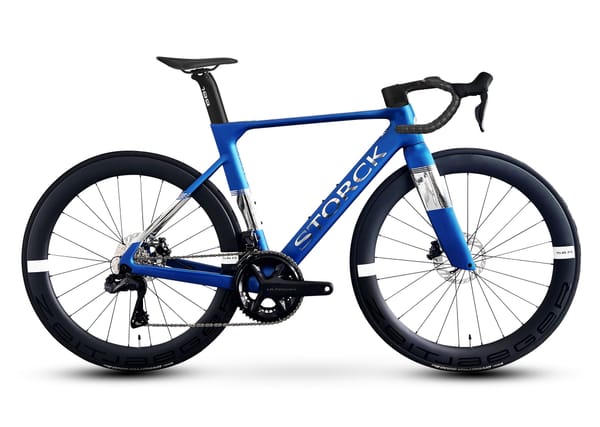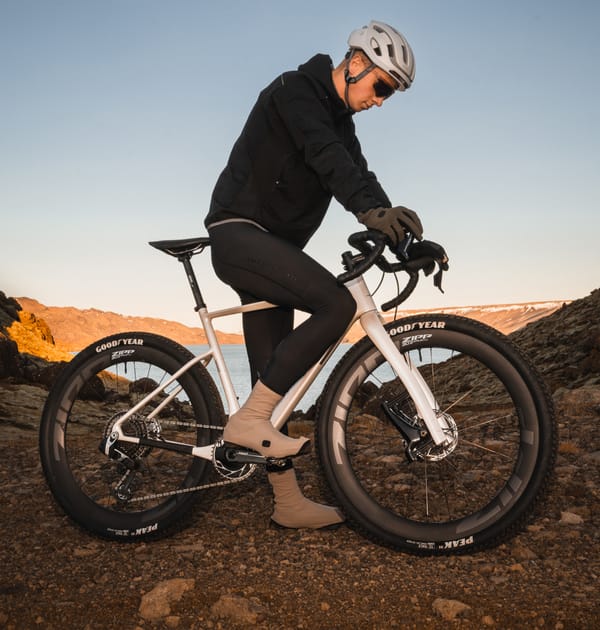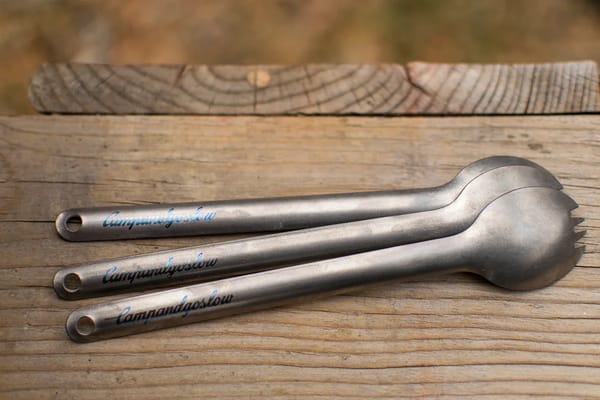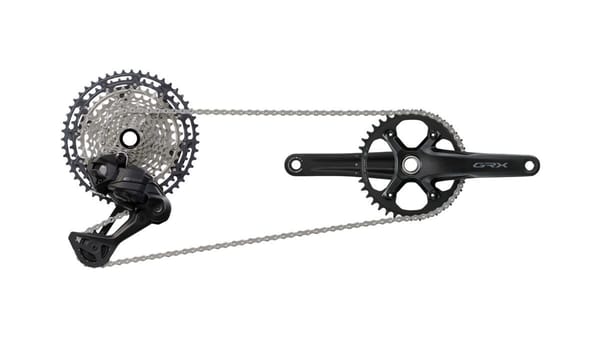Cyclist Rucking in the Off-season? The Heavy Truth About Weighted Vests
Are weighted vests the ultimate fitness hack or just marketing hype? A data-driven look at the claims about bone density, VO2 max, and strength.

I’ve been seeing them everywhere lately. On hiking trails, in the park, and all over my social media feeds. People are walking, hiking, and even doing chores wearing weighted vests. The trend, often called "rucking" when done with a backpack, has exploded.
And it’s not just a niche fitness-biohacker thing. I looked it up, and the weighted vest market was estimated at over $200 million in 2024 and is projected to grow. That’s nearly as large as the entire hydration pack market, which is a staple for athletes.
With that much money behind it, the marketing claims are inevitably loud. These vests are often sold as a "one-stop shop" for fitness: a way to build core strength, improve strength endurance, increase bone density, and even boost your VO2 max "just like altitude training."
As someone who works in data and has a background as a PharmD, I’m naturally skeptical of anything that promises to be a cure-all. My time is limited, and I want to know if a tool is effective or just a gimmick. As a cyclist and weight lifter, I’ve also learned that specificity is king.
So, I dug into the claims. Is a weighted vest a high-efficiency hack, or are we just making our walks unnecessarily heavy?
The Big Claims vs. The Biomechanics
Let's break down the three biggest promises of weighted vests and see how they hold up.
1. Claim: "It's like altitude training for your VO2 max."
My Take: This one is the most baffling and feels like a complete misunderstanding of physiology.
Altitude training works by exposing you to hypoxia—lower partial pressure of oxygen. Your body adapts by producing more red blood cells to improve oxygen transport.
Wearing a 20-pound vest doesn't change the air you breathe. It just makes the activity harder. You breathe harder because you're doing more work, not because you're in a hypoxic environment. It’s just resistance, plain and simple. It’s no different than riding your bike up a hill instead of on the flats. It’s a great way to increase the intensity of a workout, but it is absolutely not altitude simulation.
2. Claim: "It's a "must-have" for building bone density."
My Take: This is the most concerning claim, as it’s often targeted directly at peri- and post-menopausal women who are at risk for osteoporosis.
My PharmD background taught me that bone is dynamic tissue. You have osteoclasts breaking bone down and osteoblasts building it back up. To tip the balance toward building (an osteogenic effect), you need to apply significant, progressive stress.
Does walking with a vest provide that stress? The research is clear: not really. Studies looking at bone mineral density (BMD) have found that walking alone, even with a weighted vest, provides a very modest, often negligible, stimulus.
The real benefits shown in some studies came when subjects combined the vest with high-impact plyometric training—things like jumping and bounding. Now, stop and think about that. We're telling a population at risk for fractures to strap on extra weight and jump. As a health professional, that sounds like a recipe for a stress fracture or a sprained ankle, not a safe, sustainable solution.
If bone density is your goal, there is a much safer and vastly more effective tool: a barbell. Progressively loaded strength training (like squats and deadlifts) is the gold standard for stimulating new bone growth.
3. Claim: "It builds strength and strength endurance."
My Take: This is where we get tangled in semantics. The key is to understand the difference between strength and sport-specific conditioning.
- Maximal Strength: This is the ability to produce a maximal force, which is best built with heavy, progressive resistance training in the gym. A vest simply doesn't provide enough load to do this effectively.
- Muscular Endurance: This is the ability to sustain a sub-maximal effort over time.
Wearing a weighted vest on a hike does improve your muscular endurance. It is a form of sport-specific conditioning. If you're an ultra-runner or a backpacker who needs to carry a 15-pound pack for 10 hours, training with a 15-pound pack makes perfect sense.
But there’s a catch. Research on biomechanics shows that once the load gets too high (generally around 10% of your body weight), your gait and posture begin to break down. You lean forward, your stride shortens, and your risk of injury goes up. More is not better; it's just more risk.
For cyclists, this is all reminiscent of the old "ride a heavy bike in the winter" philosophy. We’ve all done it, then hopped on our lightweight carbon race bike in the spring and felt like we were flying. But was it a real physiological adaptation, or just the perception of feeling lighter? For the most part, it’s the latter.
The Right Tool for the Right Job
It’s not that weighted vests are useless. They are a tool. If you genuinely enjoy "rucking" and it gets you out the door, that’s a huge win.
But they aren't a magic hack. They are not a replacement for strength training, and they are not an altitude tent.
My core philosophy on training, formed from years of trying to balance work, family, cycling, and lifting, is to stop trying to "hack" your fitness by smashing two different goals into one activity.
You get the best results—and stay healthier—by separating your disciplines.
- If you want to build real-world strength and durable bone density, go to the gym and lift heavy things.
- If you want to build your aerobic engine, go ride your bike, go for a run, or go for a swim.
A weighted vest is a tool for a very specific job: making you better at carrying weight. For almost every other health and fitness goal, there's a better, safer, and more effective tool available.





